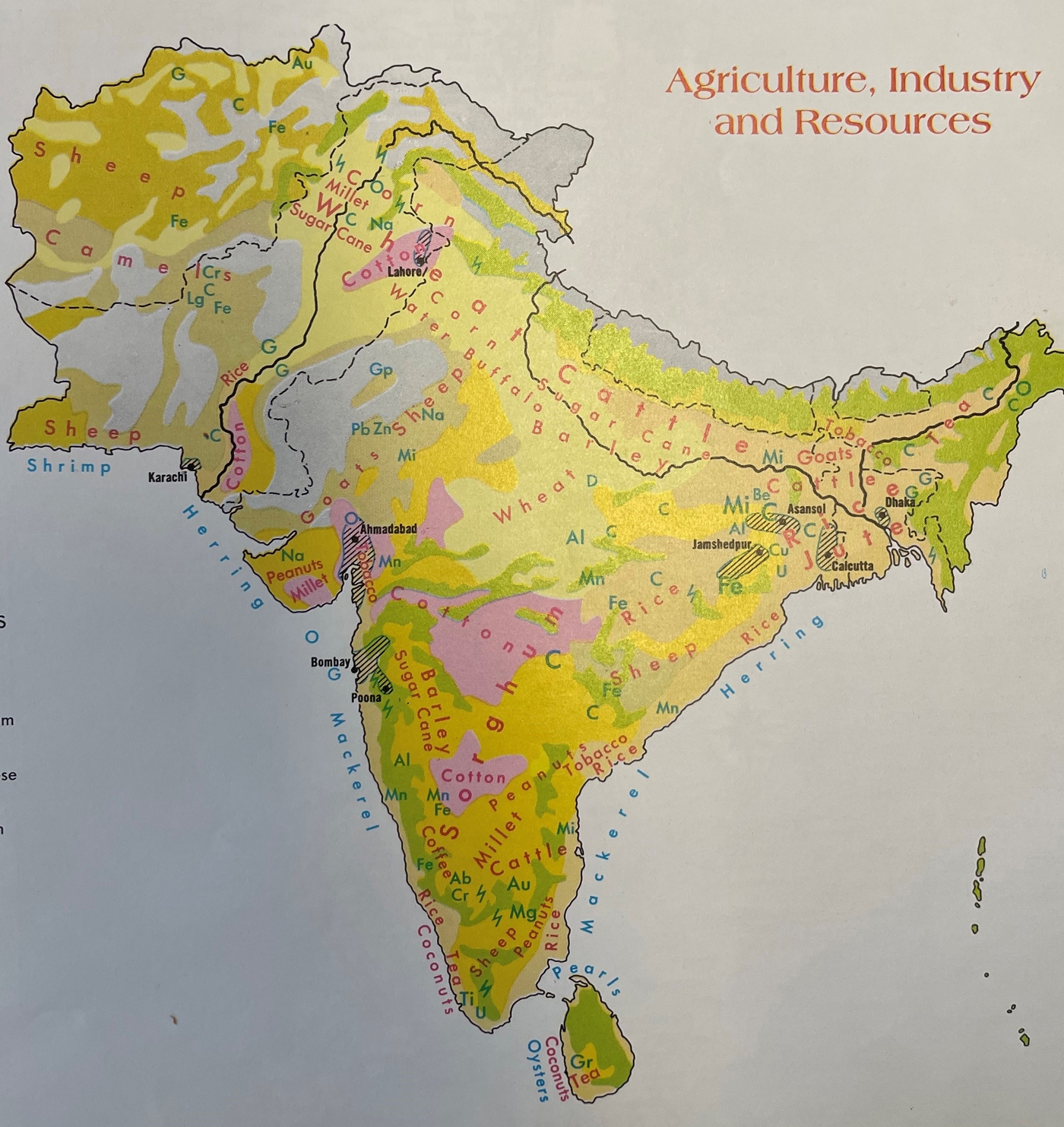Accountability and a comprehensive approach to export programming

WPI’s team helped construct a strategic approach to develop, implement, and track promotional activities in 8 key regions across the globe for an agricultural export association. With continued progress measurement and strategic advisory services from WPI, the association has seen its ROI from investments in promotional programming increase by 44 percent over the past 5 years. Not only does this type of holistic approach to organizational strategy provide measurable results to track and analyze, it fosters top-down and bottom-up organizational accountability.

 IEEPA Alternatives The U.S. Supreme Court heard oral arguments today challenging President Trump’s use of the International Emergency Economic Powers Act (IEEPA) to unilaterally set tariffs on ther countries. Mr. Trump characterized the High Court’s decision as involving, “lit...
IEEPA Alternatives The U.S. Supreme Court heard oral arguments today challenging President Trump’s use of the International Emergency Economic Powers Act (IEEPA) to unilaterally set tariffs on ther countries. Mr. Trump characterized the High Court’s decision as involving, “lit...
 The Supreme Court will hear the case on President Trump’s tariffs tomorrow, and leading into the court session the White House is exuding confidence that the Court will uphold the President’s tariff powers under the 1977 International Economic Emergency Powers Act (IEEPA). However,...
The Supreme Court will hear the case on President Trump’s tariffs tomorrow, and leading into the court session the White House is exuding confidence that the Court will uphold the President’s tariff powers under the 1977 International Economic Emergency Powers Act (IEEPA). However,...
 Inspiring Change U.S. President Donald Trump’s assault on NATO was unpleasant, especially for Europe. Yet the result was European capitals finally agreeing to boost their own financial commitment to the pact instead of continuing to free ride on U.S. taxpayers. Now the same inspiration fo...
Inspiring Change U.S. President Donald Trump’s assault on NATO was unpleasant, especially for Europe. Yet the result was European capitals finally agreeing to boost their own financial commitment to the pact instead of continuing to free ride on U.S. taxpayers. Now the same inspiration fo...
 Offer Ownership U.S. Senator Kevin Cramer (R-North Dakota) has urged the U.S. Justice Department to investigate the “Big Four” meat packing companies, suggesting their excessive market power is the reason consumers are being charged high prices for beef. The North American Meat Inst...
Offer Ownership U.S. Senator Kevin Cramer (R-North Dakota) has urged the U.S. Justice Department to investigate the “Big Four” meat packing companies, suggesting their excessive market power is the reason consumers are being charged high prices for beef. The North American Meat Inst...